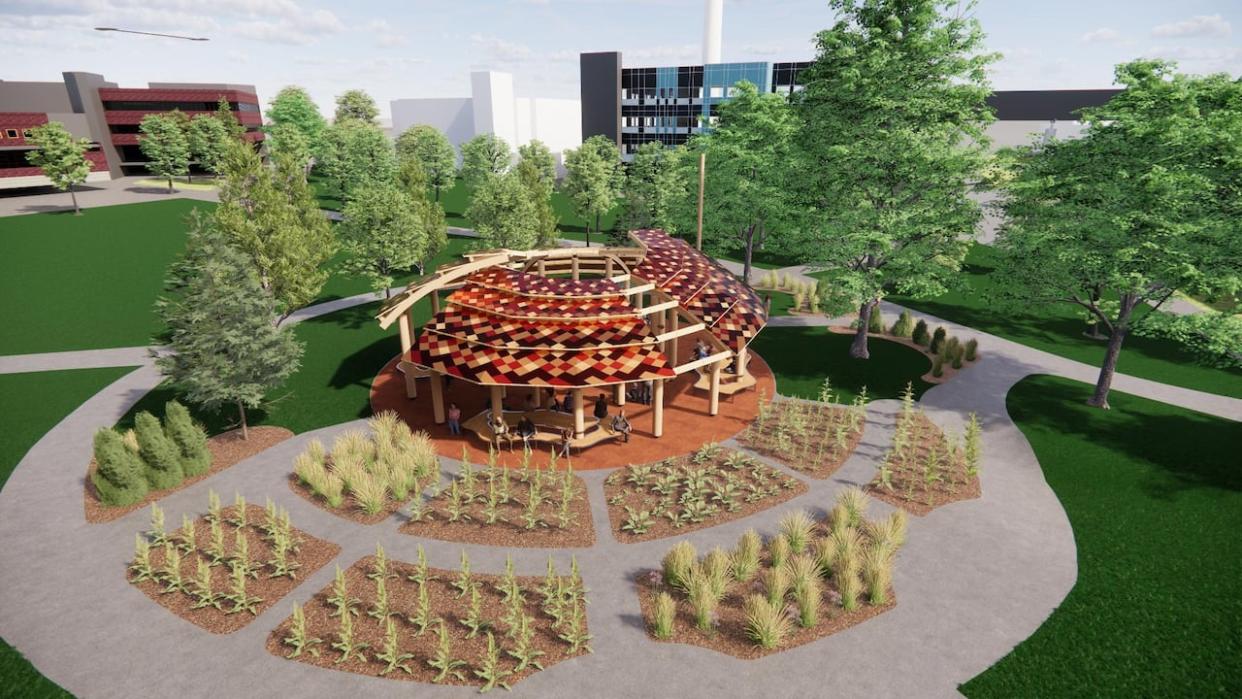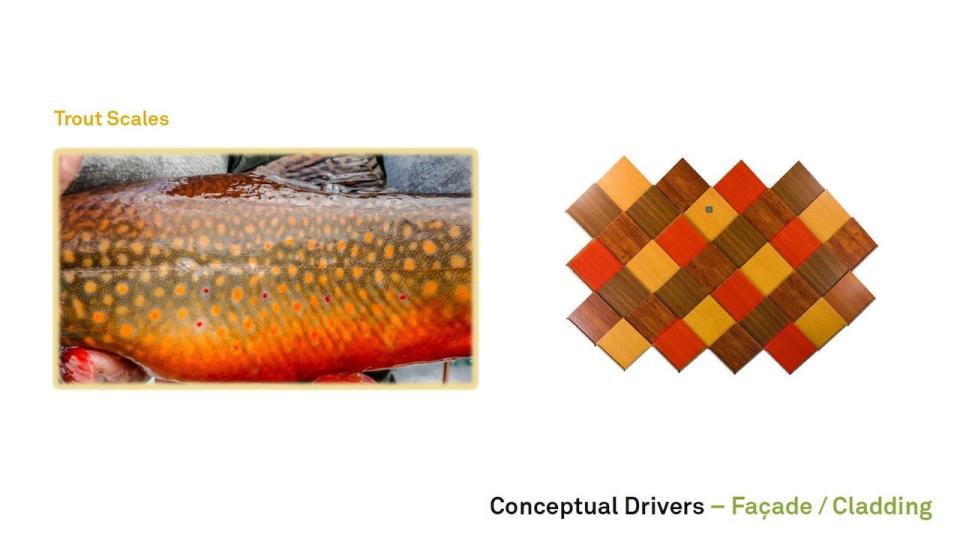Q & A: 'Why did UW create an Indigenous gathering space?'

Construction on a new Indigenous gathering space is about to get underway at the University of Waterloo with the goal of having it ready for the public by fall.
Jean Becker, the university's associate vice president of Indigenous relations, joined CBC Kitchener-Waterloo's The Morning Edition's Craig Norris to share more about the space, including what it will be used for and why the university wanted to create it.
This interview has been edited for length and clarity.
CRAIG NORRIS: So why did the university want to create this Indigenous gathering space?
JEAN BECKER: We are on the Haldimand Tract Indigenous territory and where you really don't see any evidence of that in the landscape around our region. So we feel that it's really important when we have Indigenous students, staff and faculty that people are able to see physical evidence of our presence and it's a reminder of where we are and what this territory is.
NORRIS: So what will this space be used for?
BECKER: It will be used for Indigenous gatherings first and foremost. It's an outdoor space. The structure itself is open sided and open to the air and the wind. We'll gather there to have meetings, hold ceremonies that could also be used as a classroom space and really just a place for people to gather and to meet together. It's in a central spot on campus. It's right outside of the Student Life Centre and between the math buildings. There's lots of traffic in that area and we wanted it to be a really visible symbol of the Indigenous presence on campus.
NORRIS: If you can, Jean, paint a bit of a picture, a word picture of what it's going to look like.
BECKER: It has 33 poles, they're Alaskan cedar and it those poles represent a forest. The roof is covered in tile, coloured tiles, which were chosen to represent a species of trout that is still in the Grand River. This was all chosen through consultation with the Indigenous community on campus. We held focus groups and one-on-ones with different people. The primary architect was Ryan Gorrie from Brook McIlroy. Ryan is Anishinaabe and he's worked with us really closely on creating this design.

The colours of the roof model those of a trout species native to the Grand River. (Photo courtesy of the University of Waterloo)
NORRIS: Who will be able to use the space?
BECKER: Everybody. It's in a highly traffic area. So we think there'll be lots of use of it because people will be able to just sit there and visit with one another or study or whatever and it will be open to anybody when it's not in use for formal events.
NORRIS: So even off campus Indigenous community, other members of the public, will be able to use it?
BECKER: Absolutely.
NORRIS: When you think about the space, what is your vision of it? What are your dreams for it?
BECKER: First of all it's such a central spot and I think that it will really enhance the environment in that area of the campus. And that's part of a bigger project that we have, a wayfinding project where we want to name paths and create structures that are both beautiful but also educational, where we can teach people about this land that we live on and help people to reconnect to that land. I just feel like it has all the potential to be a really vibrant and welcoming space where people will feel that there's something special in that area.
NORRIS: Do you have an idea of when it will be open?
BECKER: We're hoping that we'll be able to open it by the end of September. As you know, it's Orange Shirt Day on September 30th and we always have the March that day and the recommitment ceremony will be held on that date. So it would be really great if we could open it at the same time, but it's up to the construction people now.


